Deck & Commander Strategies

Vihaan, Goldwaker
Generate treasures and create artifact Assassin creatures that gain haste and vigilance, enabling quick and consistent damage through aggressive combat and artifact synergies.
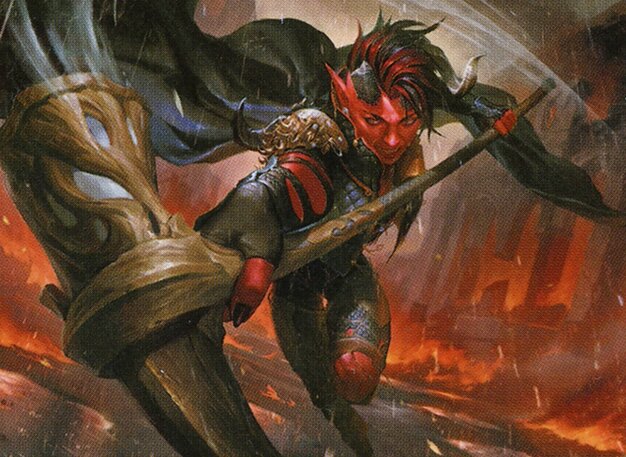
Karlach, Fury of Avernus
A red-green aggressive deck focused on direct damage and rapid creature deployment to overwhelm opponents through brute strength and combat tricks.

Arthur, Marigold Knight
A blue-centric strategy that likely emphasizes control and utility creatures to support a slow but steady board presence with incremental value generation.

Pia Nalaar, Consul of Revival
Token generation and anthem effects to create a large board presence, using tokens as aggressive bodies and leveraging equipment to enhance damage output.
Gameplay Insights
- 1
Vihaan's use of treasure tokens to create artifact Assassin creatures provided both board presence and synergy with haste and vigilance, accelerating offensive capabilities.
- 2
Rachel's decision to not pay for Esper Sentinel's taxing ability showed a strategic choice to conserve resources for bigger plays rather than slowing down opponents immediately.
- 3
The use of unblockable effects like Aquous Form on small creatures like Mabel allowed for consistent incremental damage and card draw triggers, pressuring other players.
- 4
Players focused on early artifact and enchantment plays to maintain card advantage and resource generation, which influenced their combat and removal priorities.
- 5
The game exhibited a balance between aggressive board development and tactical resource management, with players leveraging their commanders' unique abilities to shape combat phases.
Notable Cards
-
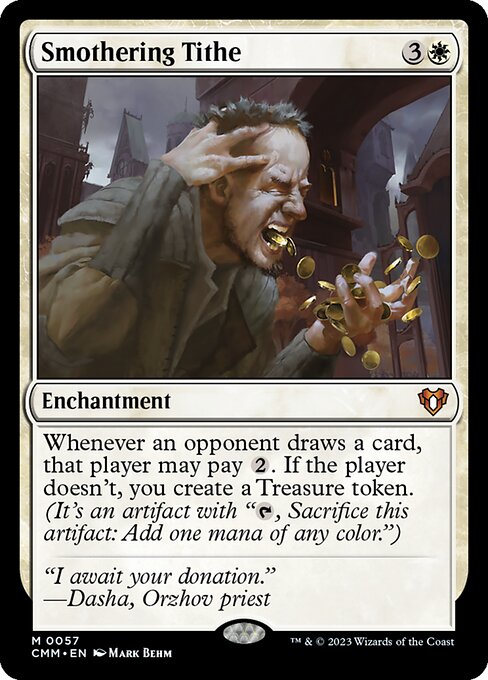
Smothering Tithe
-
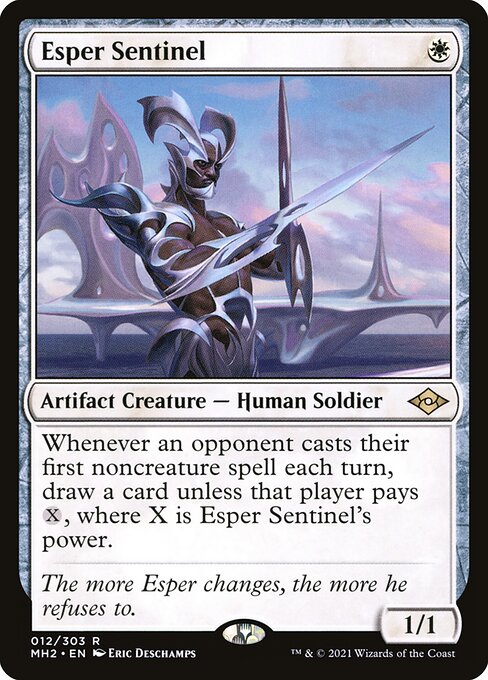
Esper Sentinel
-
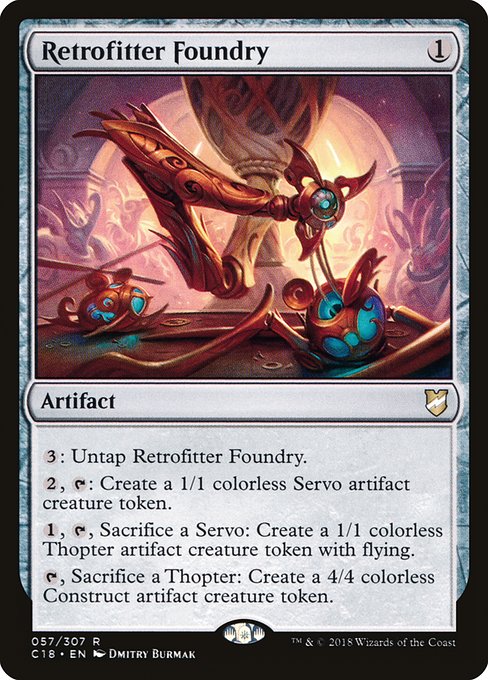
Retrofitter Foundry
-
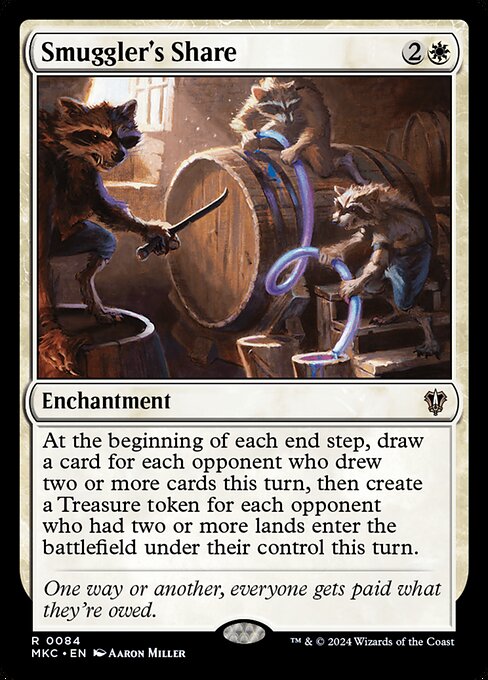
Smuggler's Share
-
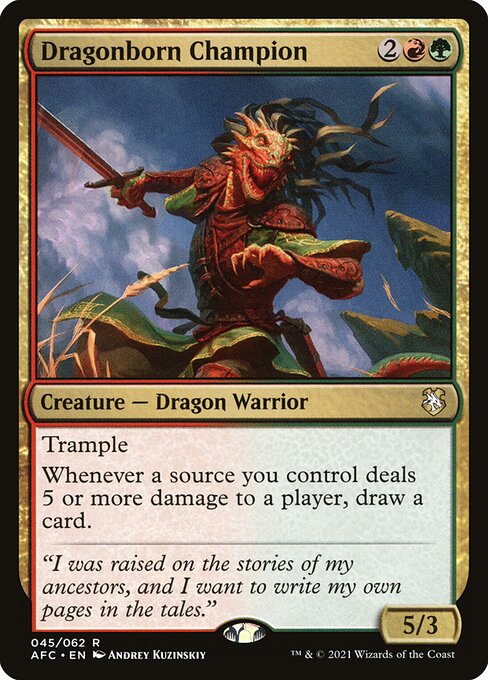
Dragonborn Champion
Gameplay Summary
The game began with all players setting up aggressive, creature-focused strategies aimed at fast-paced combat and board presence.
Early turns featured the deployment of key artifacts like Smothering Tithe and Esper Sentinel, which generated resources and card advantage.
Rachel's Pia Nalaar deck focused on creating and buffing tokens to apply pressure, while Olivia's Vihaan, Goldwaker deck generated treasures and used artifact creatures aggressively.
The board state quickly became a melee with players equipping creatures and making them unblockable, showcasing early damage exchanges and tactical plays to leverage their commanders' synergies. Vihaan's ability to create Assassin artifact creatures and grant haste and vigilance to outlaws added a layer of tempo and threat to the battlefield, while Pia Nalaar's token strategies provided consistent damage and board presence.
The game saw pivotal moments surrounding resource denial, such as targeted artifact removal and combat decisions to mitigate damage.
The presence of utility creatures and spells to draw cards and generate treasures kept the game dynamic, with each player attempting to maximize their offensive potential.
As the early turns progressed, the game was defined by incremental damage and positioning, setting the stage for midgame push or combo potential from each deck’s thematic strengths.


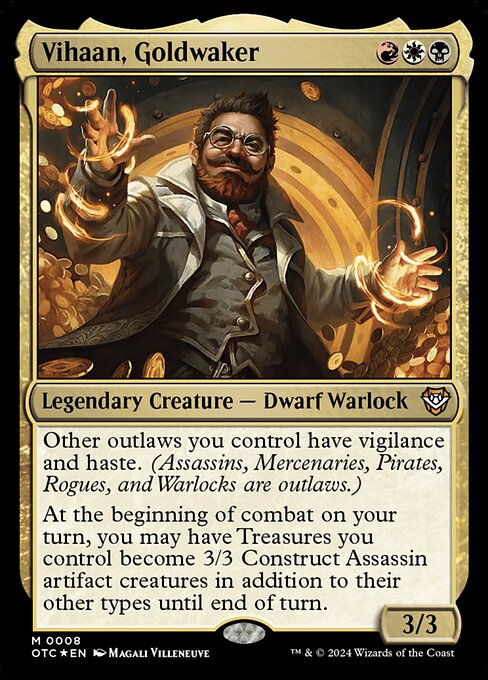

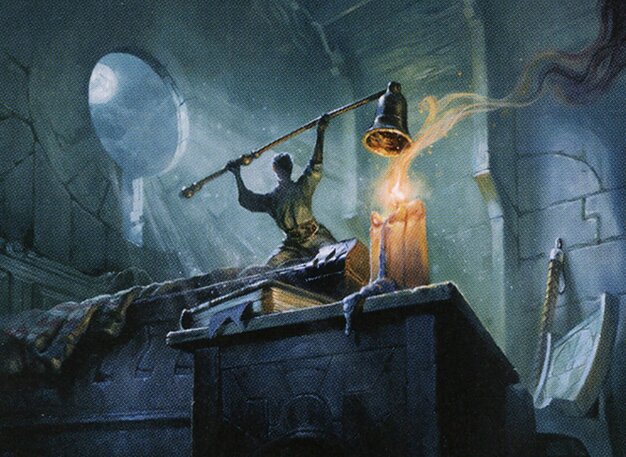

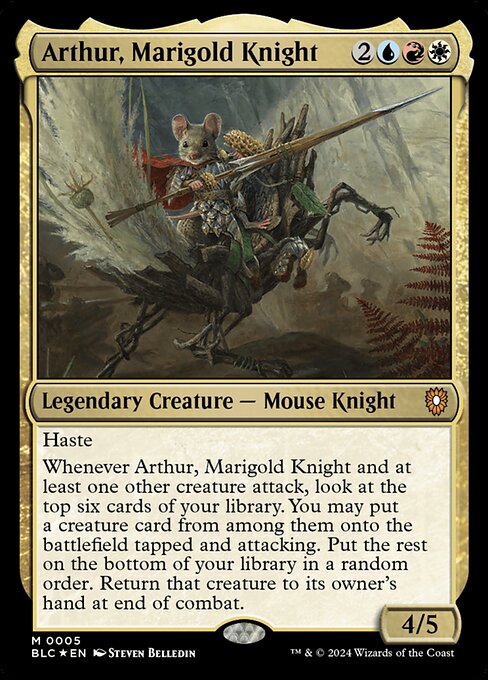




































![Schwaben Clash! | Herumkommandiert #13 | EDH Commander [Deutsch] thumbnail](https://i.ytimg.com/vi/3MudYH287do/sddefault.jpg)












